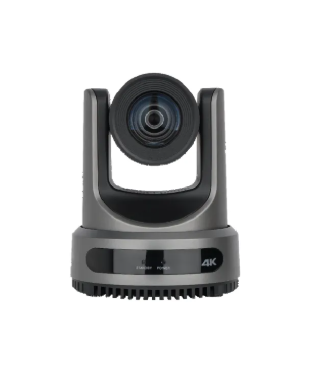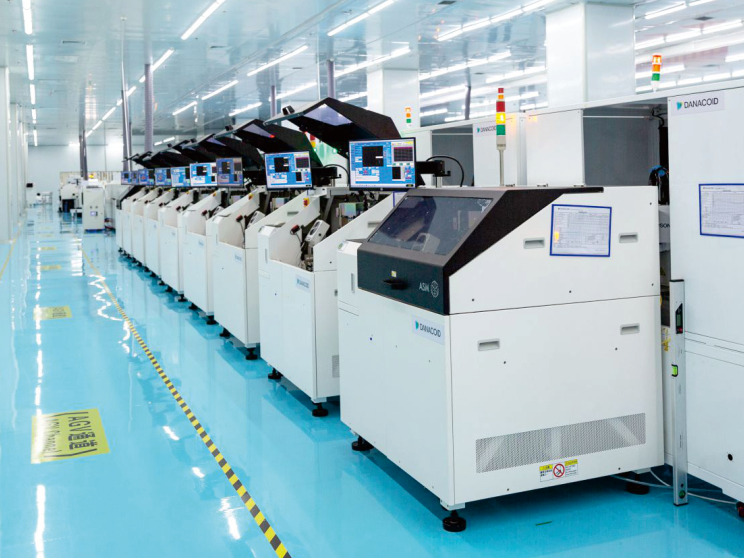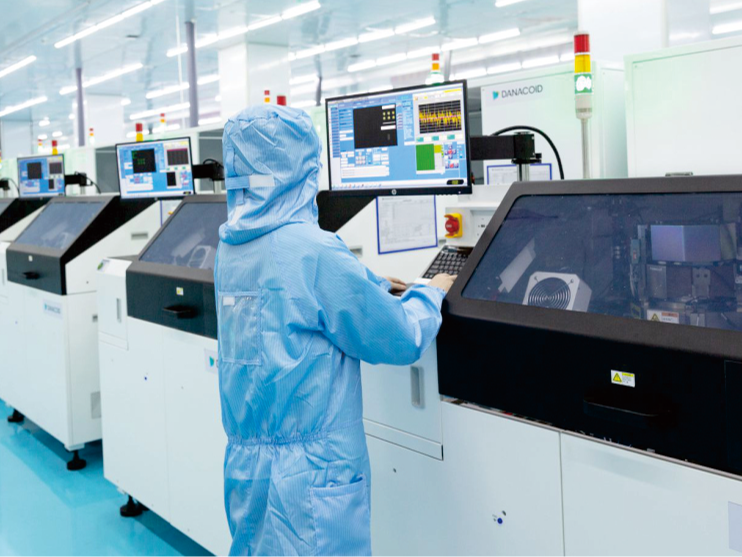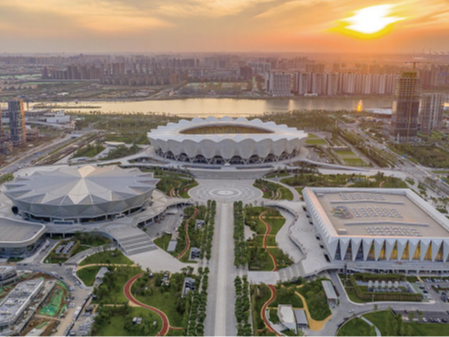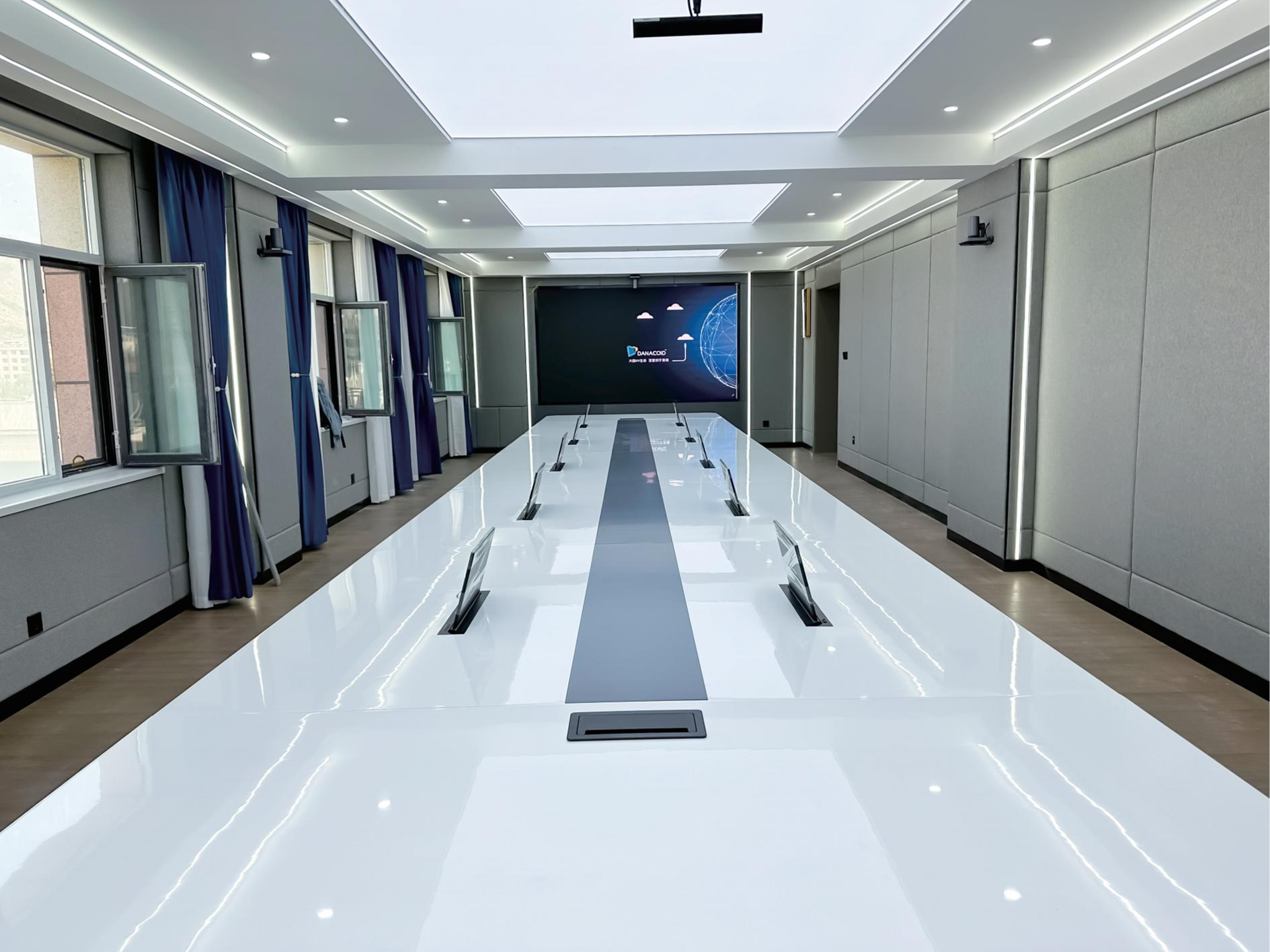Enhanced Visual Clarity with High-Definition Resolution
4K Ultra HD for Lifelike Detail
The significance of 4K Ultra HD resolution in video conferencing cannot be overstated. With its ability to deliver lifelike clarity and detail, 4K resolution improves communication by ensuring every visual cue is captured. This enhancement provides an immersive experience where participants can easily engage, bolstered by studies indicating that high-definition images can increase engagement in meetings by up to 80%. The sharpness and clarity of 4K not only enhance engagement but also contribute to user comfort by reducing eye strain during lengthy sessions, thus facilitating smoother and more productive discussions.
Wide-Angle Lens for Full Room Coverage
Wide-angle lenses play a crucial role in video conferencing by capturing more participants within the frame, thereby enhancing engagement and interaction. The advantage of a wide field of view is especially notable in collaborative settings, where including everyone in the shot fosters a sense of inclusion and encourages more dynamic discussions. Studies have shown that better visual inclusion through wide-angle lenses can lead to enhanced productivity in meetings and presentations. This expanded coverage ensures everyone has a voice, and their contributions are visually acknowledged, thereby promoting a more engaging and collaborative environment.
Crystal-Clear Audio for Seamless Communication
Noise-Canceling Microphone Arrays
Noise-canceling microphone arrays are essential in enhancing audio clarity by minimizing background distractions during video conferencing. These arrays effectively filter out ambient noise, allowing for uninterrupted communication and ensuring every participant's voice is heard clearly. According to research, high-quality audio in meetings can improve understanding and retention of information by over 70%, significantly influencing the productivity of business meetings. Moreover, numerous user testimonials affirm that employing noise-canceling technology in conferencing has led to substantial positive impacts on business outcomes, fostering clearer and more focused discussions.
Echo Reduction and Voice Enhancement
Echo reduction and voice enhancement functionalities are critical in maintaining seamless communication during video calls by eliminating feedback loops. These technologies ensure that voices are crisp and clear, eliminating the typical distortions associated with echoes. Statistics indicate that clearer voice communication can propel faster decision-making within teams, as misunderstandings are significantly minimized. Advanced voice detection features further bolster this by distinguishing between multiple speakers even in busy environments, ensuring that everyone’s input is accurately captured and understood. These improvements culminate in enhanced interaction dynamics, allowing smoother, more efficient collaborations.
AI-Powered Features for Dynamic Meetings
Auto-Framing and Speaker Tracking
Auto-framing technology revolutionizes how we interact in virtual meetings by seamlessly adjusting the camera's focus to keep participants in view. This ensures a superior visual experience, making every participant feel included and visibly present. In fact, speaker tracking capabilities significantly enhance attentiveness, as the camera dynamically shifts its focus to the current speaker, thus minimizing distractions. For example, organizations that implemented these technologies reported improved efficiency and user experience. Data from these case studies highlight a more engaging meeting environment, demonstrating how crucial visual engagement can be in modern collaboration settings.
Gesture-Based Controls
Gesture-based controls are simplifying interactions with video conferencing cameras by making user processes more intuitive and accessible. By incorporating these gestures, users can maintain a natural flow of communication and engagement during discussions, enhancing both the ease and quality of interactions. According to recent statistics, intuitive controls reduce meeting setup time significantly, allowing for smoother transitions and more focused discussion time. Such advanced user interactions signal a shift towards more seamless, integrated virtual meeting experiences, substantially enhancing the efficacy and convenience of digital communication tools.
Enhanced Security and Privacy Protections
Physical Privacy Covers
Physical privacy covers serve as the first line of defense against unauthorized access during virtual meetings. These covers are a simple yet effective security feature, allowing users to block the camera lens physically when not in use. This ensures that no camera feed is unintentionally active, thereby protecting the privacy of individuals and sensitive business operations. Industry standards for video call privacy increasingly recommend the use of these covers as a best practice to align with comprehensive security protocols. Furthermore, with the rise of remote work, statistics indicate a growing demand for privacy features in corporate environments, enhancing user confidence. By implementing such measures, organizations effectively protect against privacy breaches and bolster overall meeting security.
Encrypted Data Transmission
Encrypted data transmission is paramount in safeguarding sensitive information shared during video calls. In an era where cybersecurity threats are prevalent, encryption acts as a crucial barrier against unauthorized data access. Experts advocate for robust encryption strategies, where companies are urged to prioritize advanced encryption methods to ensure data privacy and integrity. Statistics signify a concerning number of data breaches in video conferencing platforms, underscoring the significant risks involved. By adopting encryption, organizations can drastically reduce these risks, ensuring that communication remains confidential and protected from malicious entities. This is a critical step in maintaining trust and security in virtual environments, which have become integral to business operations today.
Future-Proof Investment for Evolving Needs
Compatibility with Emerging Technologies
Choosing a video conferencing camera that is compatible with future technologies such as Augmented Reality (AR) and Virtual Reality (VR) is critical for businesses looking to remain competitive. Experts emphasize that staying abreast of technological advancements allows organizations to leverage new tools and capabilities, enhancing their virtual communication. According to market research, businesses that invest in adaptable technology can significantly reduce costs associated with upgrades and prevent obsolescence. A camera's compatibility with emerging technologies is not merely a feature but a long-term investment in innovation.
Scalability Across Team Sizes
Scalable video conferencing solutions are invaluable for accommodating diverse team sizes and meeting configurations. These systems allow companies to effortlessly transition from small team meetings to large-scale conferences without the need for additional equipment. Data reveals that flexible systems enhance collaboration by providing adaptability and reliability in organizations with fluctuating team sizes. Successful implementations, such as those seen in rapidly growing tech startups, showcase how scalable conferencing solutions can lead to increased efficiency and better team dynamics, fostering a productive work environment.
FAQ Section
What is the advantage of 4K Ultra HD in video conferencing?
4K Ultra HD offers lifelike clarity and detail, improving communication by capturing every visual cue, enhancing engagement, and reducing eye strain.
How do noise-canceling microphones improve meeting productivity?
Noise-canceling microphones minimize background noise, ensuring clear communication that enhances understanding and retention, thereby boosting productivity.
Why is encryption necessary for video calls?
Encryption safeguards sensitive information from unauthorized access, mitigating the risks of data breaches and ensuring communication remains confidential.
Can video conferencing cameras adapt to emerging technologies?
Yes, choosing cameras compatible with new technologies like AR and VR is crucial for businesses to remain competitive and leverage advanced communication tools.


